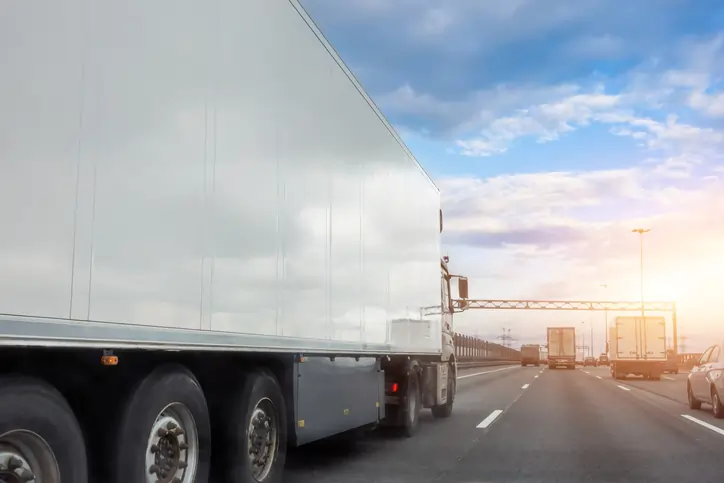
How Can Telematics Data Improve Freight Transportation
One of the key factors behind Amazon’s rise to dominance in the world of e-commerce is a relatively simple idea — letting customers know exactly where their packages are at all times. This has been crucial in driving online shopping from a once-in-a-while thing for many consumers into the juggernaut it is today. With the assurance that their orders will arrive at a specific time, many people have become more comfortable with purchasing over the internet. The technology that makes this possible is telematics, which refers to the gathering of data from vehicle fleets through Internet-connected devices.
These devices are connected to trucks and trailers, transmitting information to a centralized server that funnels it to the end user. Whether it’s the fleet operator or the customer, that data provides the user with detailed information about the status of each shipment. However, there are a number of ways in which this technology can drive greater efficiencies in freight transportation, and it’s important for any business that relies on trucking to understand them.
For example, telematics can tell fleet managers whenever a driver is exhibiting unsafe or reckless driving habits. By tracking the speed and location of each truck, companies can identify drivers who pose excessive risks on the road and take the appropriate actions. This information also can be used to monitor idle times to ensure drivers stay on schedule. With real-time insights into vehicle operation, carriers also can optimize fuel consumption for even greater efficiency and environmental management. They can adjust routes on the fly to avoid delays caused by traffic, construction or poor weather conditions.
Telematics has helped Amazon become the force that it is today, and it can help transform your business. For more ideas about what this level of visibility can do for you, take a look at the accompanying resource.

Infographic created by Track Your Truck


